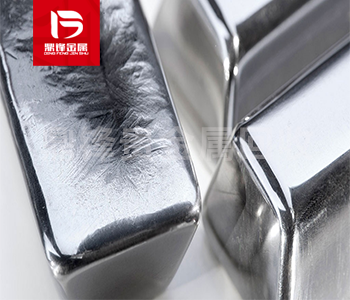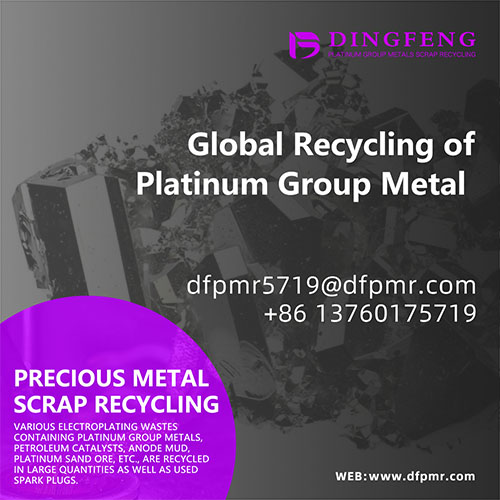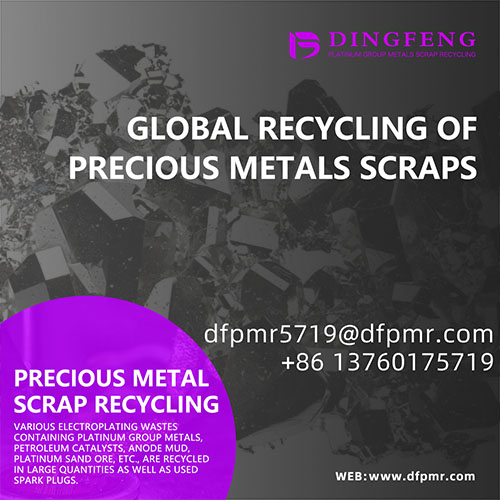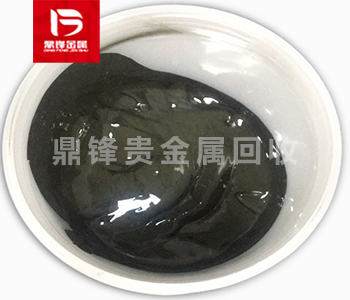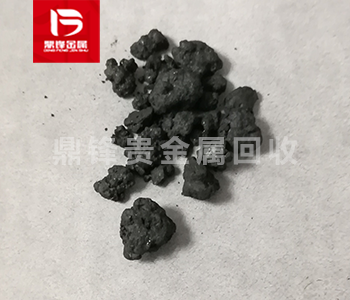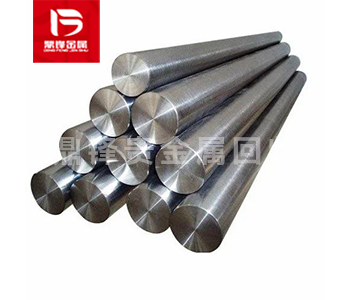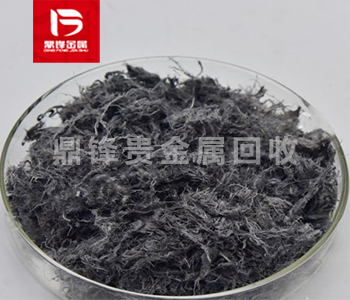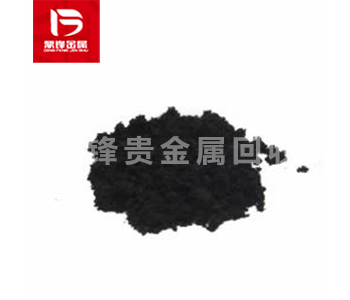Ruthenium slurry recovery_ Application of Recycling Ruthenium Slurry from Renewable Resources
Ruthenium is a rare Platinum group (PGM), which is widely used in electronics, chemical catalysts, renewable energy technology and other fields. However, ruthenium is a limited resource, and its extra
Ruthenium is a rare Platinum group (PGM), which is widely used in electronics, chemical catalysts, renewable energy technology and other fields. However, ruthenium is a limited resource, and its extraction and processing may have adverse effects on the environment and society. Therefore, recycling and recovering ruthenium from waste streams is crucial for sustainable development and resource conservation. Recycling and reusing valuable metals from various sources such as spent catalysts, electronic waste, and mining tailings is an effective and efficient method. One of the most promising application areas is in the field of renewable energy. Ruthenium based catalysts are commonly used in Proton-exchange membrane fuel cell (PEMFCs). These fuel cells are becoming a reliable and sustainable energy source for transportation, fixed power generation and portable electronic devices. The Proton-exchange membrane fuel cell generates electricity by extracting energy from the chemical reaction between hydrogen and oxygen, and promotes the reaction under lower temperature and pressure with the help of catalyst. Ruthenium, with high activity, selectivity and stability, is an excellent catalyst for Proton-exchange membrane fuel cell, which can improve the efficiency and life of the fuel cell system.
However, the high cost and limited availability of ruthenium have been the main obstacles to the wide application of Proton-exchange membrane fuel cell. The current market price of ruthenium is approximately $460 per ounce, making it one of the most expensive metals in the world. In addition, as more and more countries and industries shift towards clean energy and decarbonization, it is expected that the demand for ruthenium will increase significantly in the coming years. Therefore, finding new sources of ruthenium and reducing its consumption are crucial for the long-term survival of Proton-exchange membrane fuel cell and other ruthenium dependent technologies. The recovery of ruthenium slurry can solve the economic and environmental challenges of the ruthenium supply chain. By recovering ruthenium from waste PEMFC catalysts and other waste liquids, raw material costs can be reduced and the impact of metal mining and processing on the environment can be minimized. In addition, recycling ruthenium can create new sources of income for industries that generate large amounts of ruthenium containing waste, such as the electronics and chemical sectors.
The recovery process of ruthenium slurry includes several steps: leaching, purification, precipitation, and refining. During the leaching stage, the waste is dissolved in the leaching solution, such as hydrochloric acid, sulfuric acid, or aqua regia, and ruthenium and other metals are extracted from the solid matrix. Then purify the obtained solution, which includes removing impurities and separating different metals based on their chemical properties. This step can be accomplished using various methods, such as solvent extraction, ion exchange, or precipitation, depending on the characteristics of the solution. After purification, the target metal (in this case ruthenium) is precipitated or deposited by adding a reducing agent or changing the pH value of the solution. This step is crucial for obtaining high-purity products that can be further processed or sold to end users. Finally, according to the application requirements, the recovered ruthenium is extracted and formed into the required form, such as pellets, powders, or catalysts. The recovery of ruthenium slurry has been successfully demonstrated in pilot and commercial operations, demonstrating high recovery rates and the quality of the final product. For example, Johnson Matthee, a leading manufacturer of fuel cell catalysts, has developed a closed circuit recovery process for PEMFC catalysts that can recover over 95% of precious metals (including ruthenium) from spent catalysts and other sources. The recovered metal is then used to produce new catalysts, reducing dependence on the original metal and minimizing waste and emissions.
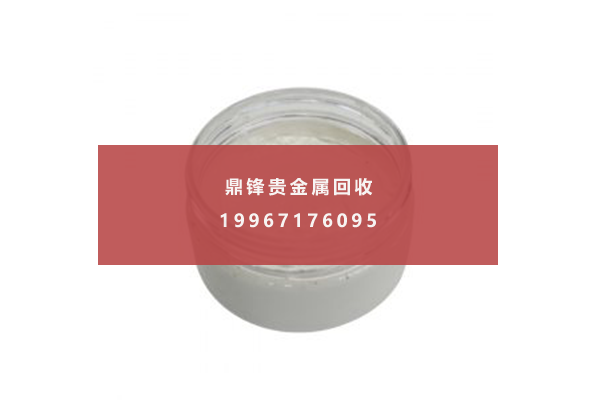
In addition to fuel cells, ruthenium slurry recycling also has potential applications in other renewable energy technologies, such as solar cells, wind turbines, and energy storage systems. Ruthenium based dyes and sensitizers used in Dye-sensitized solar cell (DSC) are low-cost and flexible alternatives to traditional silicon based solar cells. With the help of catalysts that regenerate dye molecules, dsscs can absorb and transport photons through a layer of dye coated nanoparticles, thereby converting sunlight into electricity. Ruthenium based dyes have high stability and efficiency, making them ideal materials for this application. As a clean energy source, the wind power industry is rapidly expanding, and ruthenium slurry recycling can also benefit the industry. Wind turbines use magnets made of NdFeB (NdFeB) alloy, which contains a small amount of ruthenium as a clean energy source. As a clean energy source, the wind power industry is rapidly expanding, and the recovery of ruthenium slurry can also benefit the industry. Wind turbines use magnets made of NdFeB (NdFeB) alloy, which contains a small amount of ruthenium as a stabilizer and modifier. By recovering ruthenium from NdFeB magnets that are nearing the end of their lifespan, the environmental impact of wind turbine manufacturing and disposal can be reduced, and the economic feasibility of wind power generation can be improved.
Ruthenium slurry recovery can support the development of advanced energy storage systems, such as redox Flow battery and metal air batteries, which require high-performance and durable catalysts. Ruthenium based catalysts have shown good results in improving the efficiency and stability of redox Flow battery. This battery stores energy by circulating liquid electrolyte through electrochemical cells. Nano ruthenium oxide is also used as a cathode catalyst for metal air batteries, which use oxygen in the air as a reactant to generate electricity. By recycling ruthenium from these applications, the renewable energy sector can become more sustainable and resilient.
In various industries, including renewable energy, promoting the sustainable utilization of ruthenium and other precious metals, ruthenium slurry recycling is a valuable and practical method. By recycling and reusing these metals from waste streams, we can reduce the environmental impact of resource extraction and processing, protect natural resources, and create new economic opportunities. With the increasing demand for clean energy and decarbonization, the importance of ruthenium slurry recovery will only grow, and more research and development efforts should focus on optimizing its performance and efficiency.
&Quot; Dingfeng Precious Metals Recycling includes precious metals such as gold, silver, palladium, rhodium, platinum, germanium, iridium, ruthenium, etc. This is our business in precious metal recycling. If you have precious metals such as gold, silver, palladium, rhodium, platinum, germanium, iridium, ruthenium that need to be recycled, please contact us and we will provide you with a satisfactory price& Quot;



